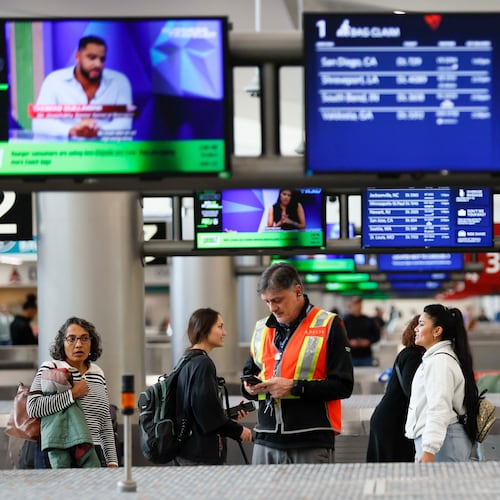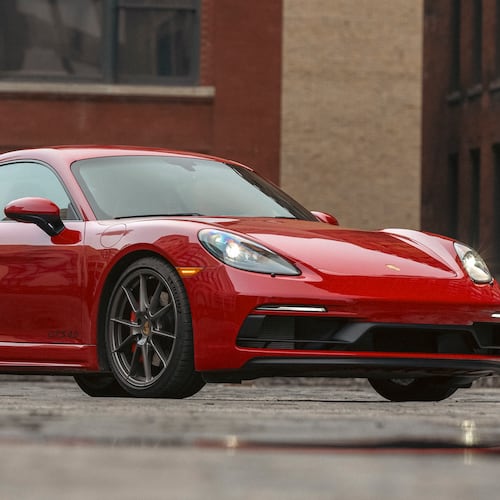1. Lenox Square says up to 40 percent of its visitors are tourists. Robin Suggs, Lenox’s general manager, said a lot of Brazilians come to the mall during layovers at Hartsfield-Jackson International Airport. Several morning walking clubs also meet at Lenox.
2. Three original statues were commissioned for the opening of Lenox Square. Only one remains — “Traveling Musicians,” which is near Peachtree Road and the Crate & Barrel entrance. The statue was made of cast stone by artist Elbert Weinberg. The donkey, dog, cat and rooster are from a Brothers Grimm tale of the same name in which the animals scare a robber from a cabin. Lenox officials don’t know what happened to the other two statues.
3. Lenox Square was developed by Ed Noble, the grandson of a wealthy Oklahoma oilman. Noble traveled the country looking for the best real estate to build a mall. Had a corrupt official in Kansas City not spooked Noble, the mall might well have been built there instead of Buckhead.
4. Neiman-Marcus opened its sixth store at Lenox Square in 1972. The store’s facade is made of travertine marble in milk chocolate tones that came from a quarry near Rome, Italy – a rare use for this type of marble at that time.
5. When opened, Lenox Square was home to a space-age looking Gulf Oil gas station.
6. Over time, Lenox has had a Colonial grocery store, a bowling alley, a movie theater, a pet store, a veterinarian, a stock broker, a Delta ticketing office, an American Express office, an auto store, a bake shop, a Havertys furniture store, a U.S. post office and a Walgreens.
7. Ideas proposed but never implemented at Lenox include a pedestrian bridge between Phipps and Lenox and a discotheque.
8. To clear the land where Lenox was built, Noble had to blast a miniature granite ridge, smaller than Stone Mountain, where locals used to picnic.
9. Creek Indians occupied the land where Lenox was built until they were marched out of Georgia in the early 1820s, according to a written history by Margaret Whitmore. The land then was owned by the government, a revolutionary war widow and a farmer. John Ottley, president of First National Bank, bought the property about 1900 and built a grand summer home called “Joyeuse,” complete with horse stables and riding trails.
10. The Ottley mansion — with 12 rooms – was converted into apartments with a kindergarten in the bottom in 1945.
11. The “Nancy Hanks” train from Savannah would drop passengers at Atlanta Terminal Station. They could shop at Lenox Square and be home to Savannah by midnight.
12. An entertainer with a monkey and an organ would delight (or scare) shoppers at Lenox Square from 1959 to 1988.
Source: Staff research, Lenox Square
Keep Reading
The Latest
Featured

